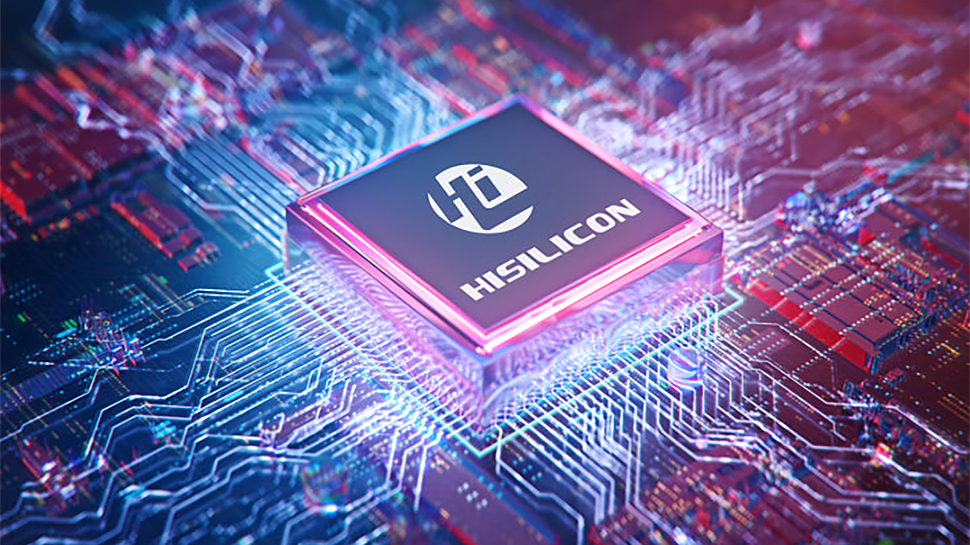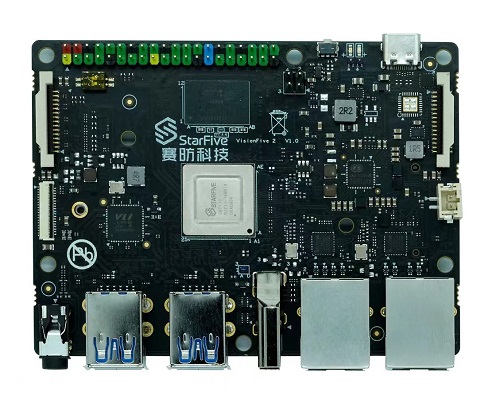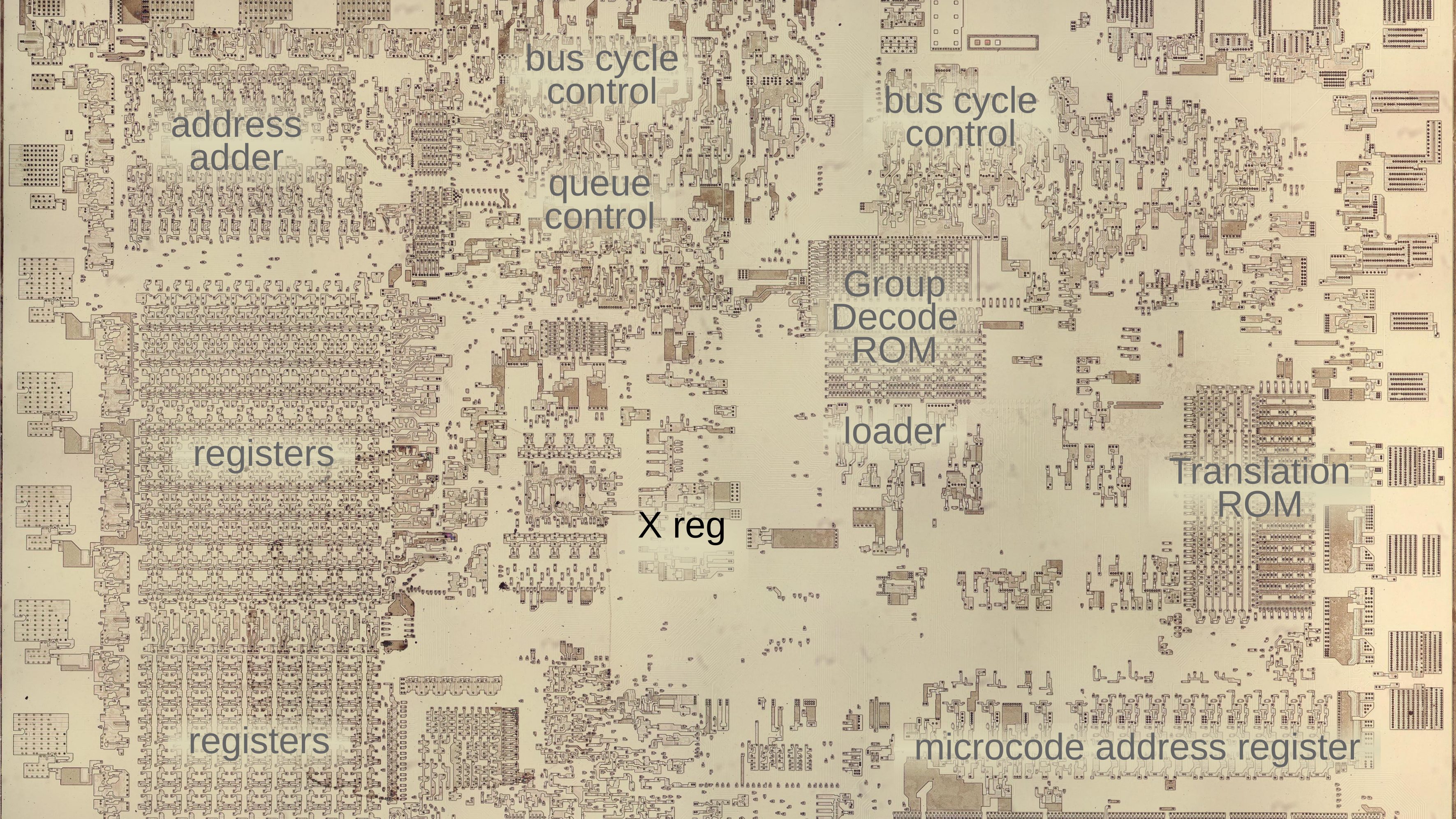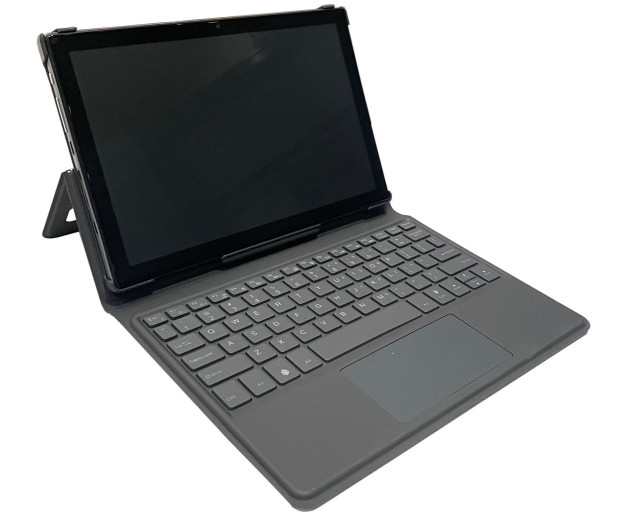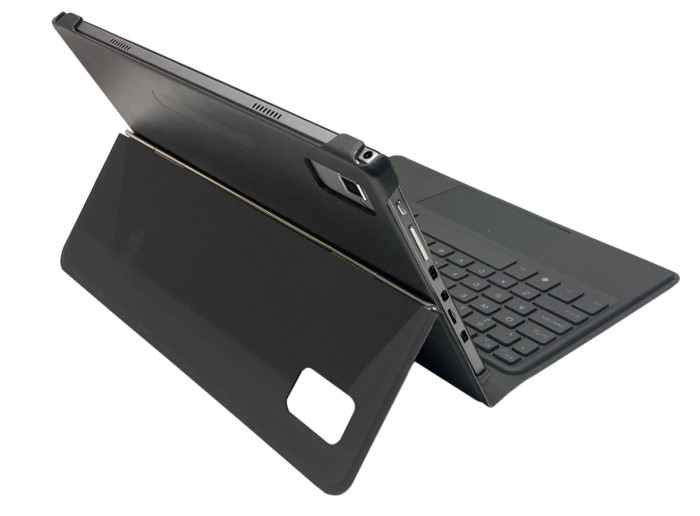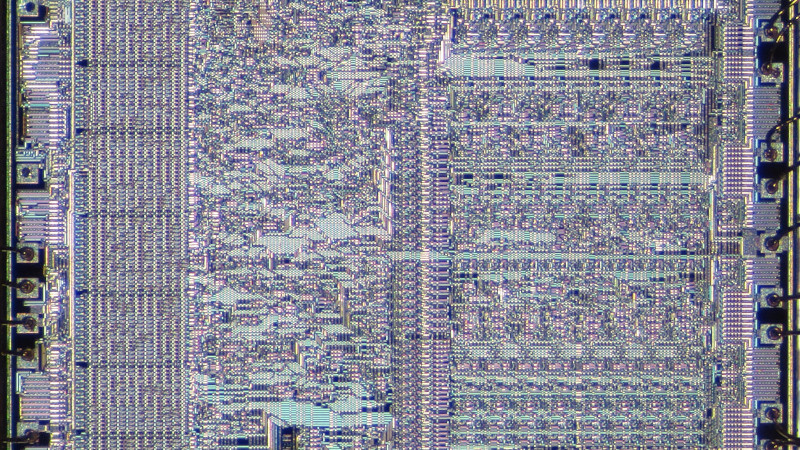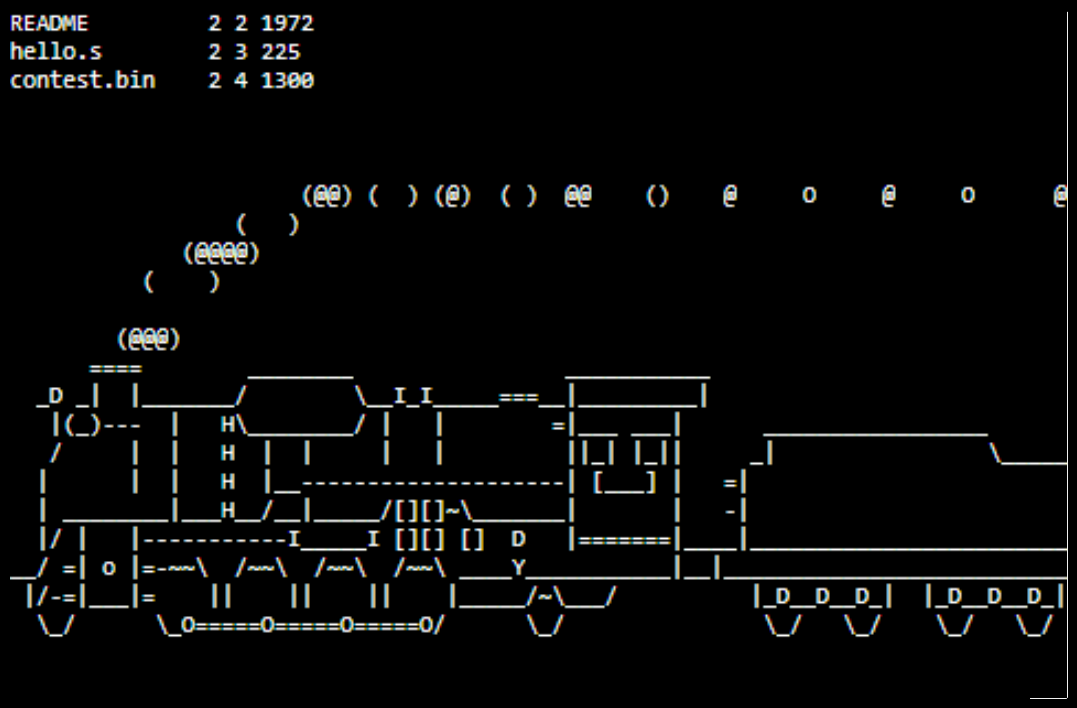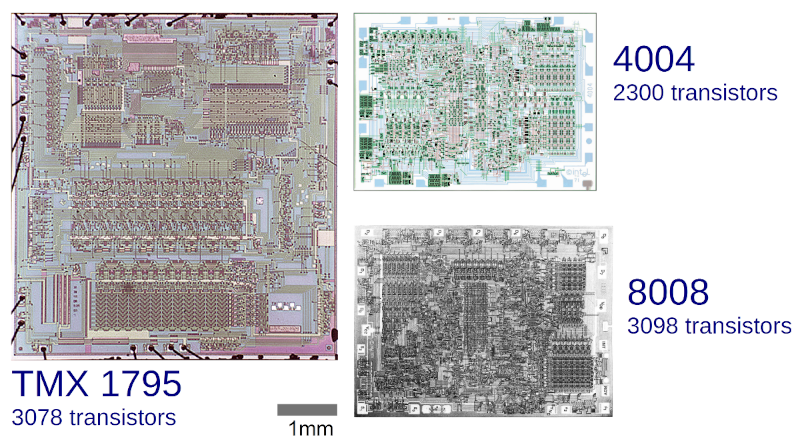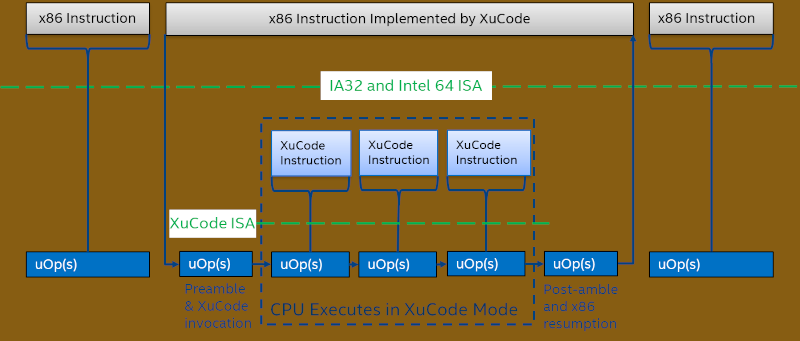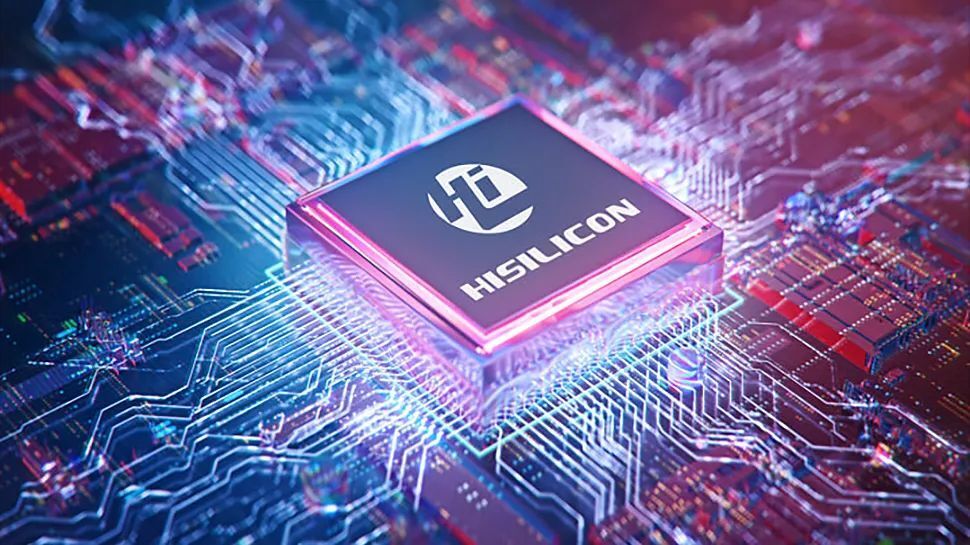
A shocking new discovery about China's successful ability to manufacture 7nm System on Chip in a local factory, based on domestic CPU and GPU architecture.
The technology blogs and "experts" are all in shock, because they had no idea what China was able to produce such advanced SoC like "Huawei's HiSilicon Kirin 9000S" that is powering the company's flagship mobile phone P60 Pro.
Ever since the US started the campaign to sanction and boycott Huawei a few years ago, the company has turned away from using American based products and any technology that could be controlled by the American/Western sanctions.
The impressive (yet not so fast with today's levels) SoC is nothing but a wake up call for the western companies dominating the #CPU, #GPU and #SoC market, from #Intel, to #AMD, #NVidia and of course #Qualcum.
The technology war that the US started, is not going to end well when China manages to create even more efficient and powerful CPUs to power not only expensive mobile phones, but also mid range and low cost ones as well as tablets and ultra portable tablets.
The treatment of #Russia after the War in #Ukraine and how the whole western world tried to isolate and corner Russia was a wake up call for China in so many fronts, and they seems to be making giant leaps rather than baby steps.
Huawei's HiSilicon Kirin 9000S looks to be a quite complex SoC packing four high-performance cores (one at up to 2.62 GHz and two at up to 2,150 MHz) and four energy-efficient cores (up to 1,530 MHz) based on the company's own TaiShan microarchitecture (which still looks to be found on the Armv8a ISA ) as well as the Maleoon 910 graphics processing unit operating at up to 750 MHz, based on screenshots by Huawei Central. CPU and GPU cores run at relatively low clocks compared to frequencies of Arm's cores featured in previous generations of HiSilicon's SoCs.
But low frequencies can be explained by the fact that SMIC makes the new SoC on its unannounced 2nd generation 7nm fabrication process, which could be a breakthrough for #SMIC, Huawei, and China's high-tech industry. Although TechInsights calls this fabrication technology SMIC's 2nd generation production node, state-controlled Global Times claims that China's foundry champion uses its 5nm-class manufacturing technology to make the SoC. But these two names seem to describe the same thing, which was once known as SMIC's N+2.
#Technology #SoC #Huawei #7nmTechnlogy #ChipManufacturing #China #US #Politics #Economy
https://www.tomshardware.com/news/huaweis-new-mystery-7nm-chip-from-chinese-fab-defies-us-sanctions
